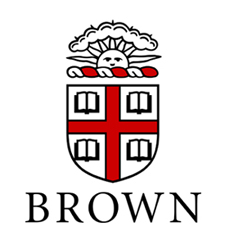Historical note
By the late nineteenth century high infant mortality rates were linked to diseases spread by drinking contaminated milk, especially in urban areas. Dr. Henry L. Coit, a physician in Newark, New Jersey, developed a plan to provide a safe and nutritious supply of milk for children. This plan, which became known as the "certified milk movement", proposed that committees of physicians would set standards for milk production and oversee its production and handling.
The first Medical Milk Commission was established in Essex County, New Jersey, in 1893. Cities throughout the country then began to form their own milk commissions. In 1906 these were federated into the American Association of Medical Milk Commissions (AAMMC). The commissions inspected dairies to make certain that conditions were sanitary and that the animals and employees of the dairy were healthy. The label “certified milk” was at first applied only to raw milk. As pasteurization became more common it was applied to pasteurized milk as well.
The Providence Milk Commission was created in 1926 as a committee of the Providence Medical Association. The testing of milk samples collected from Rhode Island dairies was performed in the laboratories of Dr. Charles A. Stuart, a professor of microbiology at Brown University, from at least 1945 until 1957. Beginning in 1958 testing was done by the Rhode Island Quality Milk Association and the Milk Department of Providence at laboratories in the Charles V. Chapin Hospital. In 1967 the analysis of milk samples moved to the Rhode Island Department of Health laboratories.
The last dairy in Rhode Island to participate in the certified milk program was Hillside Farms, which withdrew from the program in 1968. It is not known when the Commission ceased to exist, but its savings account at the Rhode Island Hospital Trust bank was closed in 1985.


